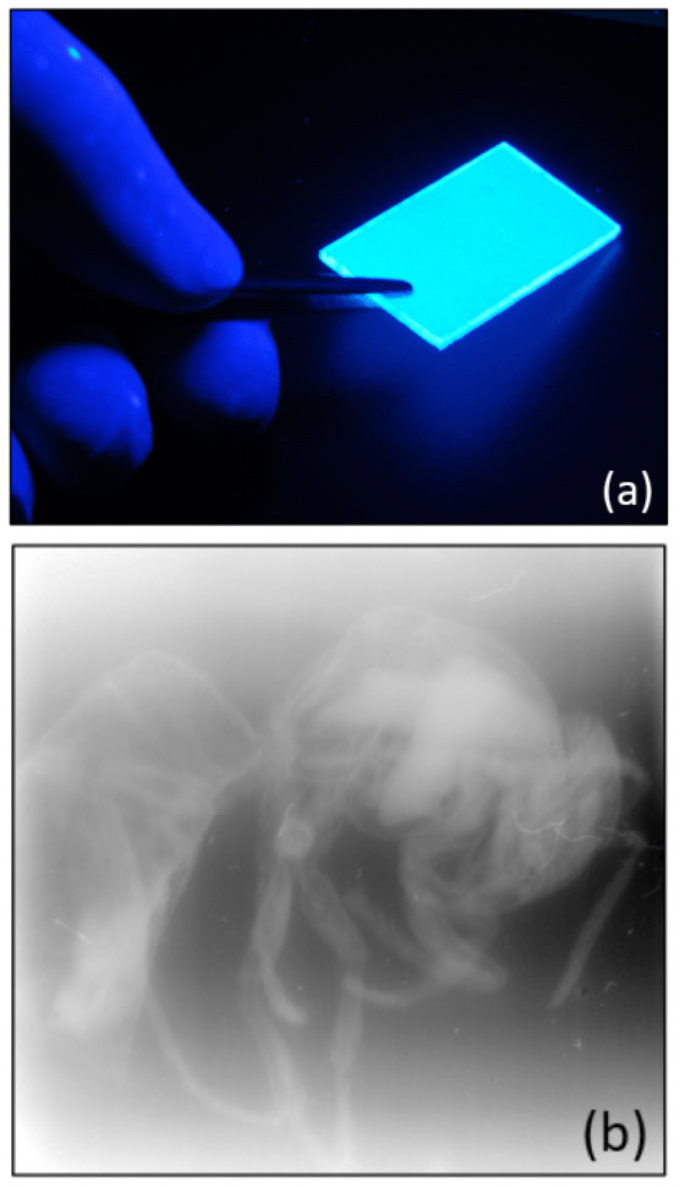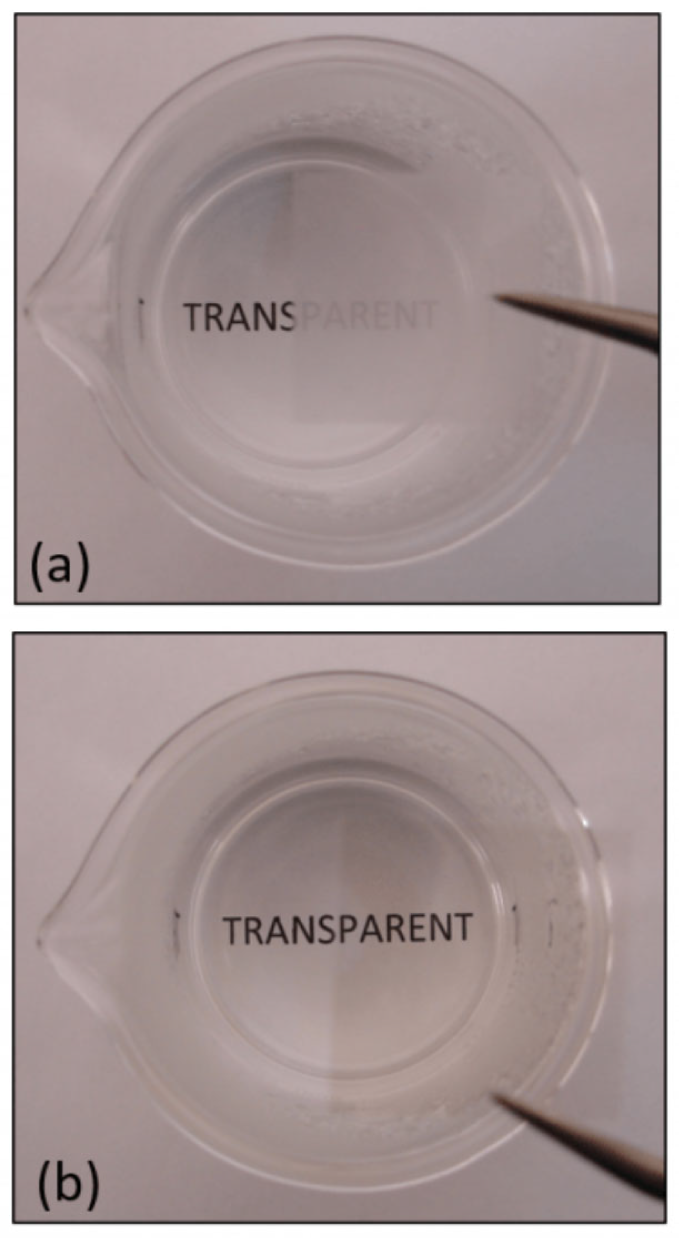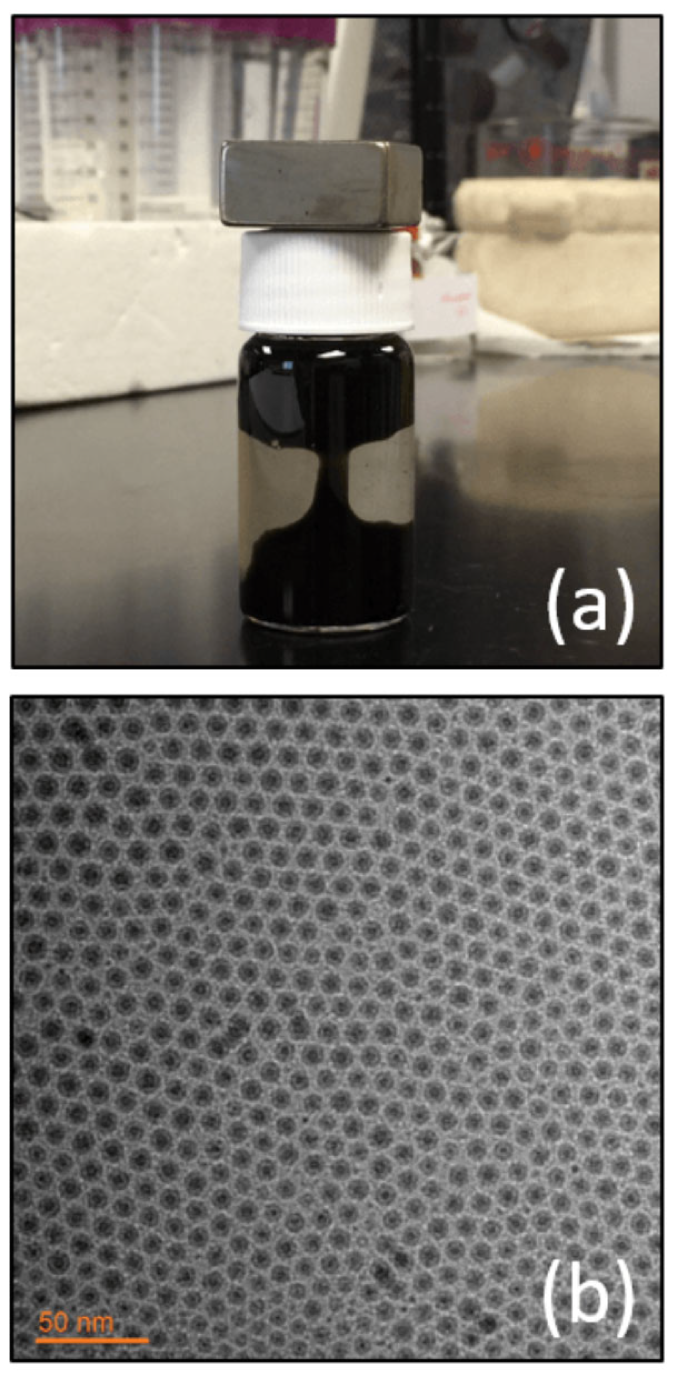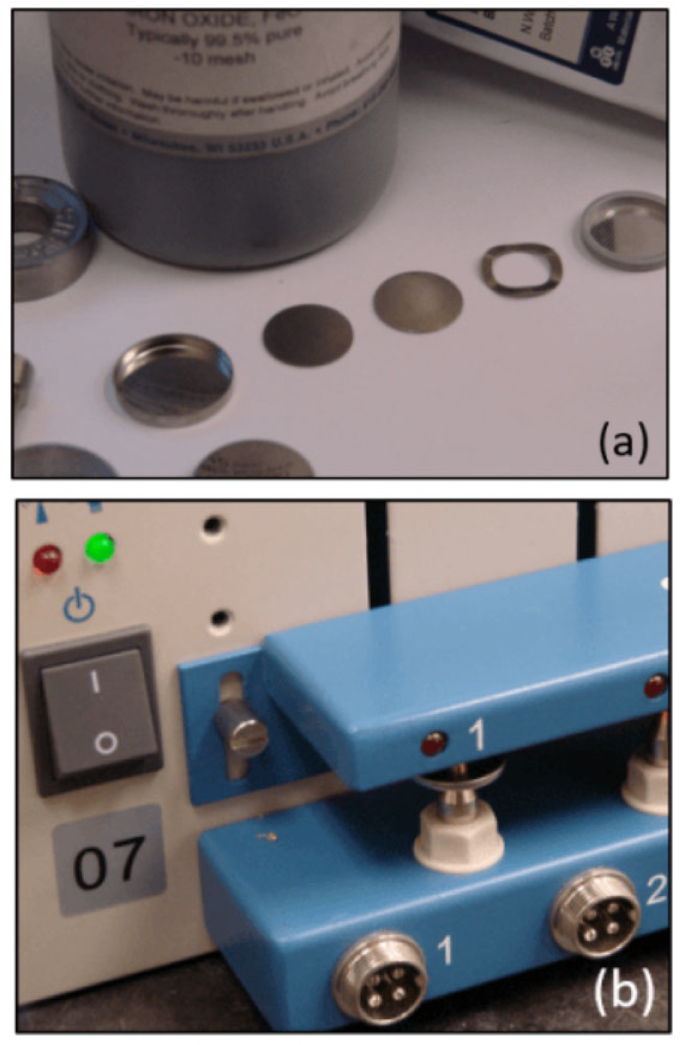BEAMS offers groundbreaking research opportunities for interested students and collaborators. BEAMS is an active, multi-disciplined and collaborative research group with current projects in glass and glass ceramics, diamond-like carbon, iron nanoparticles, and ion batteries.
Glass and Glass Ceramics
We are currently developing luminescent glass and glass-ceramic materials for radiographic imaging and dosimetry applications. The luminescent properties of these materials can be tuned by varying composition and processing conditions. For example, the addition of elements with a high atomic number may result in the materials being more responsive to gamma and x-ray radiation, while the incorporation of certain isotopes such as or
makes the materials more sensitive to neutron radiation. We have developed both scintillators and storage phosphor materials. Scintillators spontaneously emit visible light upon exposure to ionizing radiation. In contrast, storage phosphors do not spontaneously luminesce during exposure and require optical or thermal stimulation to initiate emission.

Diamond-like Carbon
Diamond-like carbon (DLC) films are amorphous carbon films with a mixture of sp3 and sp2 hybrid bonding. DLC films can have properties similar to that of diamond, including high hardness, exceptional scratch resistance, low coefficient of friction, optical transparency, chemical inertness, and biocompatibility. These properties make DLC an ideal protective coating for such applications as automotive parts, optical windows, magnetic storage devices, micro-electromechanical devices (MEMS), and biomedical implants and instruments. Currently, our research is focused on modifying the DLC matrix through the incorporation of dopants to create a long-lasting, super hydrophilic, antifogging coating for biomedical instruments.

Iron nanoparticles
Iron nanoparticles are of interest in biomedical research for their versatility and magnetism properties. We are currently synthesizing and characterizing iron nanoparticles for biomedical applications. We use Dynamic Light Scattering and Mössbauer Spectroscopy to characterize the iron nanoparticles after synthesis at UTSI. Their applications include magnetic resonance imaging (MRI) contrast agents, hyperthermia therapies for hard to treat cancers like glioblastoma multiforme, and Magnetic Resonance guided Laser Induced Thermal Therapy (MRgLITT) to combine diagnostics and treatments.

Ion Batteries
The goal of our research is to achieve a greater understanding of the functionality of electrochemically active materials and the effects of composition, size, and structure as they are cyclically deconstructed and reconstituted through electrochemical processes. We are especially interested in materials relating to sodium ion batteries. Research into sodium ion materials may lead to safer, less expensive, and more environmentally friendly battery technology when compared to today’s lithium-ion batteries.
